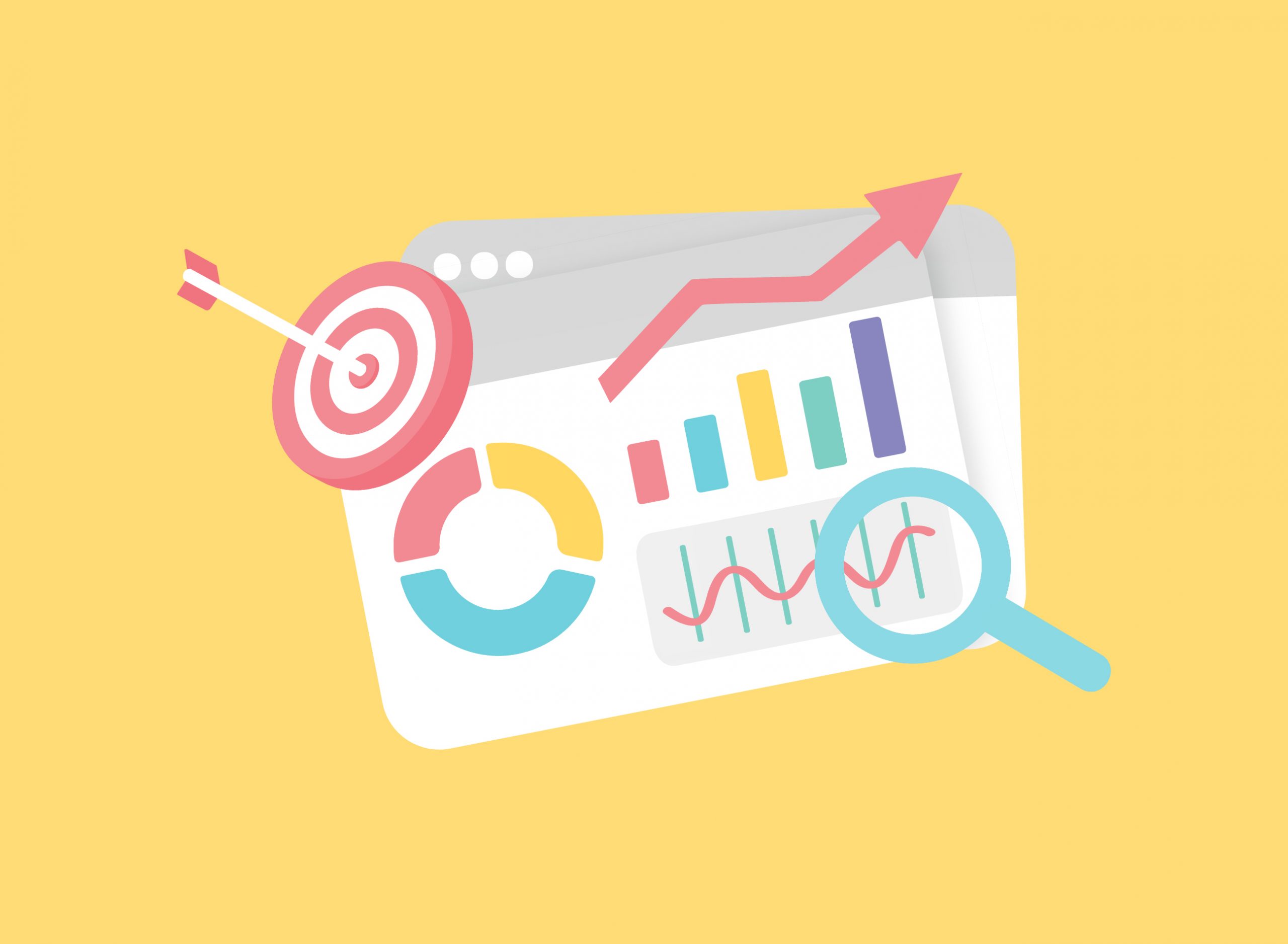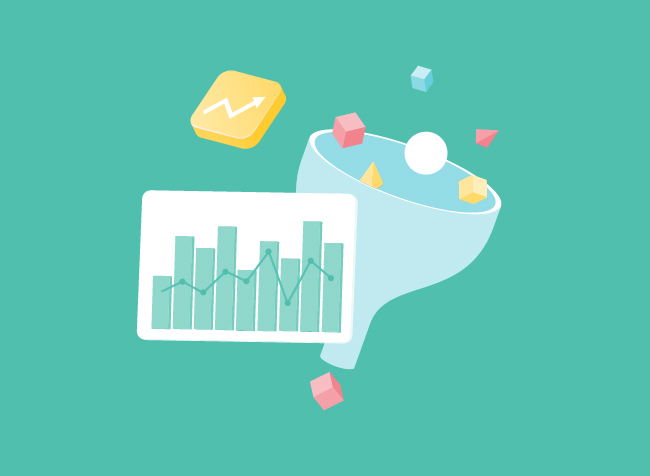Since the inception of marketing as a fundamental function of all businesses, the world has raced to combat the rigorous production of various products, making it imperative for each product to land the right users according to their needs and wants. What started as a simple one-way communication from businesses to consumers, highlighting the benefits and values of a product at hand, marketing has now evolved to define a satisfying long-term relationship between consumers and brands.
In today’s age of digital transformation, powered to full potential by the pandemic, brands have deep-dived into the digital landscape to reach their desired consumers and pursue them for their sought-after commitment. After living through the pandemic, with almost all activities of work and leisure simulated online, consumers are overwhelmed with the sheer volume of communication, with an abundance of product choices, reaching them every whiling moment across a multitude of channels. And now more than ever, consumers express their rightful desire for personalization in experience both online and offline, allowing them to delegate their commitment to their preferred brand.
Marketers thus recognize the need to comprehend the complexity of these multi-channel interaction opportunities to articulate a compact strategy for delivering a consistent and relevant consumer experience across channels.
‘Data’ in its simplest form refers to all facts and figures that unlock a view of consumers to enable marketers to identify gaps in market potential in matching consumer needs. This information is leveraged to design products and services to satisfy consumers correctly, thus setting up a path to consistent growth for a business.
However, as we discuss how marketing has evolved in essence, it is crucial to observe how the importance of data has evolved for marketers over time.
From time immemorial, we believe data has played an implicit role in sufficing consumer needs and deciding marketing trends. What product needs to be produced? How much of a product is required? Where and to whom the said product should reach? These are a few fundamental questions businesses have looked to answer with data. Over time, the questions have evolved to focus on a broader and deeper view of consumers, and so has the role of data in organizational decisions. In the era of digital proliferation, consumers live a mobile-first life and interact with brands through a thousand touch points across various online and offline channels before proclaiming themselves as brand buyers. The data we look at today is a lot more intricate and comprehensive, leading to concrete revelations to drive marketing decisions to the highest precision.
While data is being made available in abundance, organizations are undergoing phases of proficiency in perceiving and deploying data to drive marketing decisions. From mastering precision in defining the target audience for brand products to designing ways to reach, intrigue, and connect with the right consumers at the right time, place, and manner, marketers have come a long way. And in doing so, data has been collected, integrated, and activated in changing fashions giving rise to three main data types: First-party, Second-party, and Third-Party Data.

When consumers interact with the digital world of search engines, websites, social media, and more, they generate data points that trace their path through the web. These data points are usually collected and stored by data aggregators. They find relevance in defining audience segments for businesses, enabling a broad understanding of their consumers’ browsing behavior, interests, and purchase pattern. Companies may base their advertising decisions and efforts on utilizing these data sets owned by data brokers. Further, they may buy these data sets to reserve ownership of the same and leverage them for overall marketing efforts at their liberty. While third-party audience data have time and again found relevance in defining digital marketing efforts in reaching a large-scale look-alike audience with probabilistic data modeling, the aspect they lack to deal with is transparency and intricacy. The anonymity of the data derived has hindered brands from reaching the depth of knowledge essential to understanding their consumers at best. And this becomes a vital step for establishing a direct and strong connection with a brand’s desired set of consumers. To cut the clutter of market noise and reach consumers with an authentic and personal brand voice, marketers look forward to a more detailed and comprehensive view of audiences. This brings us to the other types of data sets that have emerged to power – first-party and second-party data.
Second-party data, though not as indistinct as third-party data, is audience data that a business acquires from another business owning the data of audiences relevant to them. These data sets are the first-party data collected by a company and shared with a partner company, extremely useful to scale efforts on an already well-defined audience segment using look-alike audience modeling. The direct communication between brands and consumers is monumental to analyze their behavior toward the brand and translate to their strategy. However, to unlock a view of these consumers beyond brand interactions and truly understand their preferences and choices, it becomes imperative to answer the more profound questions of Who they are? What inspires them? What intrigues them? What is their purchase behavior within and beyond the category? Second-party data plays a crucial role here. The collection of first-party and second-party data of the high potential consumer segment gives a detailed view that brands seek to drive strategy most authentically while maintaining consumers’ trust. For example, a CPG brand, in partnership with the retailer, can view consumers’ basket data to derive insights into purchase patterns, brand loyalty, and so on, thus helping the brand map strategies to up-sell and cross-sell beyond category.
First-party and Second-party data sets are similar in how they are collected to define consumer segments. First-party data refers to any data a business collects directly from its audiences and consumers. These data points come from all direct interactions between consumers and a brand and include interactions both online and offline, for example, their websites, e-commerce platforms, social data, brand surveys, and offline transactions. And they play a crucial role in unlocking the accurate view of their potential and existing consumers.
Consumers have always taken the central position in the world of marketing. Marketers have always worked towards the needs and wants of consumers. Needs that were historically defined by the value and benefit of products and services have now evolved to consider the emotional need for contentment, convenience, and transparency. In efforts to magnify consumer-centricity, however, brands have crossed the line of transparency, aggravated especially with third-party data collection. Consumers worldwide are living with a concern about brands overstepping their privacy. First-party data comes to the rescue in overcoming this concern. Brands can leverage quality data consolidated from across channels to activate a 360-degree personalized approach to winning consumers with a fair value exchange of data and experience.

FIRST PARTY DATA - The Supremacy
First-party data has proved fundamental in the mosaic of data marketers have at their disposal. It can enrich, supplement, and lessen the requirement for other sorts of data and has proved a powerful tool for modern marketers. Leveraging the suitable data set, brands can simulate and capture the value of one-on-one interactions with their consumers. At Grivy, we enable the brands their own data stream with a robust data platform supporting the acquisition, enrichment, and activation throughout the consumer’s journey to purchase. Meeting consumers in their moments of truth is crucial to influencing the right action. To appropriately assume the what, how, and where of the process, it’s pivotal to acquire, activate, and integrate first-party data in the long-term marketing plans of a business.











